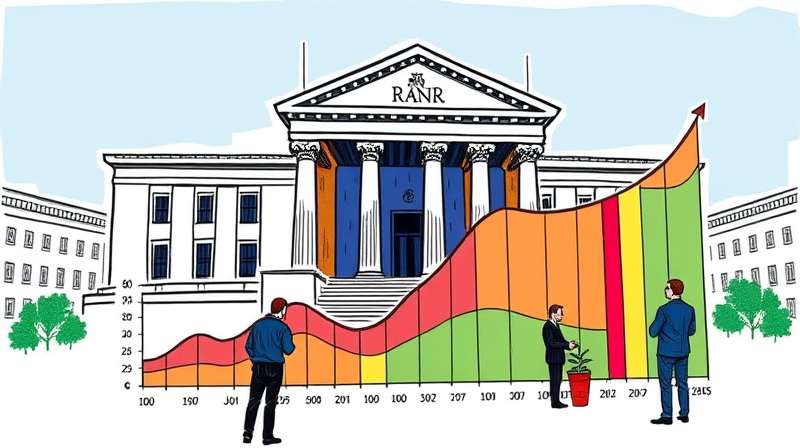
Global energy markets have witnessed a remarkable turnaround as oil prices climbed after OPEC+ unveiled new supply adjustments.
This rebound reflects a complex interplay of strategy, market fundamentals, and stakeholder expectations that continue to shape the industry’s path forward.
Since 2022, OPEC and its allied producers have orchestrated a series of voluntary cuts to stabilize falling prices and manage surplus stocks. Most recently, during the 37th Ministerial Meeting, the coalition agreed to extend group-wide output cuts through the end of 2025. This extension offered relief to high-cost producers and sent a signal of coordinated discipline to global markets.
In parallel, a previously agreed voluntary reduction totalling 2.2 million barrels per day began its gradual reversal in April 2025. Instead of an immediate ramp-up, OPEC+ opted for an 18-month phased increase, offering flexibility to pause or reverse hikes based on evolving conditions. This measured approach balances the need for revenue generation against the risk of destabilizing prices.
Between May and July 2025, eight leading OPEC+ members embarked on a series of output increases amounting to 411,000 barrels per day each month—far above prior expectations. Saudi Arabia, Russia, Iraq, the UAE, Kuwait, Kazakhstan, Algeria, and Oman all participated in this aggressive normalization.
These coordinated hikes moved the group-wide production target to approximately 39.72 million barrels per day for 2025, reflecting a strategic pivot from emergency cuts to calibrated growth. The UAE, for instance, will add 300,000 barrels per day gradually from January through September 2025, underscoring its commitment to market balance.
The International Energy Agency forecasts world oil supply will rise by 1.8 million barrels per day in 2025, driven mainly by non-OPEC+ producers. Yet, OPEC+ decisions continue to dominate price sentiment and trader expectations. By managing inventory levels and adjusting output, the coalition aims to prevent the market from swinging between gluts and shortages.
OPEC has highlighted healthy market fundamentals and low stockpiles as justification for its strategy. When inventories fall below five-year averages, any additional supply tends to exert upward pressure on prices, bolstering profitability for producers.
In May 2025, OPEC’s spare capacity stood at roughly 2.34 million barrels per day—primarily in Saudi Arabia. If planned output increases proceed unchecked, this buffer could shrink to about 339,000 barrels per day by late 2025. Such a reduction raises the specter of sharp price spikes in the event of geopolitical tensions or supply disruptions.
Market participants now monitor capacity levels closely. A diminished spare cushion means global consumers and businesses could face sudden cost surges if any major facility experiences downtime or if demand unexpectedly accelerates.
The recent price recovery carries varied consequences across the energy landscape:
Understanding these dynamics helps policymakers and corporations anticipate shifts in energy strategy, budget forecasts, and long-term planning.
Looking ahead, OPEC+ retains the flexibility to adjust its output path. Monthly reviews allow producers to pause or reverse output hikes if markets signal oversupply or weakening demand. Key demand drivers—such as economic growth in China and the US, as well as inflation trends—will guide these deliberations.
For investors and corporate planners, staying informed about OPEC+ meetings and IEA inventory reports is essential. Here are practical steps to navigate the evolving landscape:
By integrating these insights, businesses and governments can better hedge risks, allocate resources, and align strategies with the fast-moving energy sector.
The recent oil price rebound underscores the power of coordinated policy and the enduring influence of OPEC+ on global markets. As producers and consumers adapt to this new reality, a nuanced understanding of supply management, market sentiment, and risk factors will remain paramount.
References













